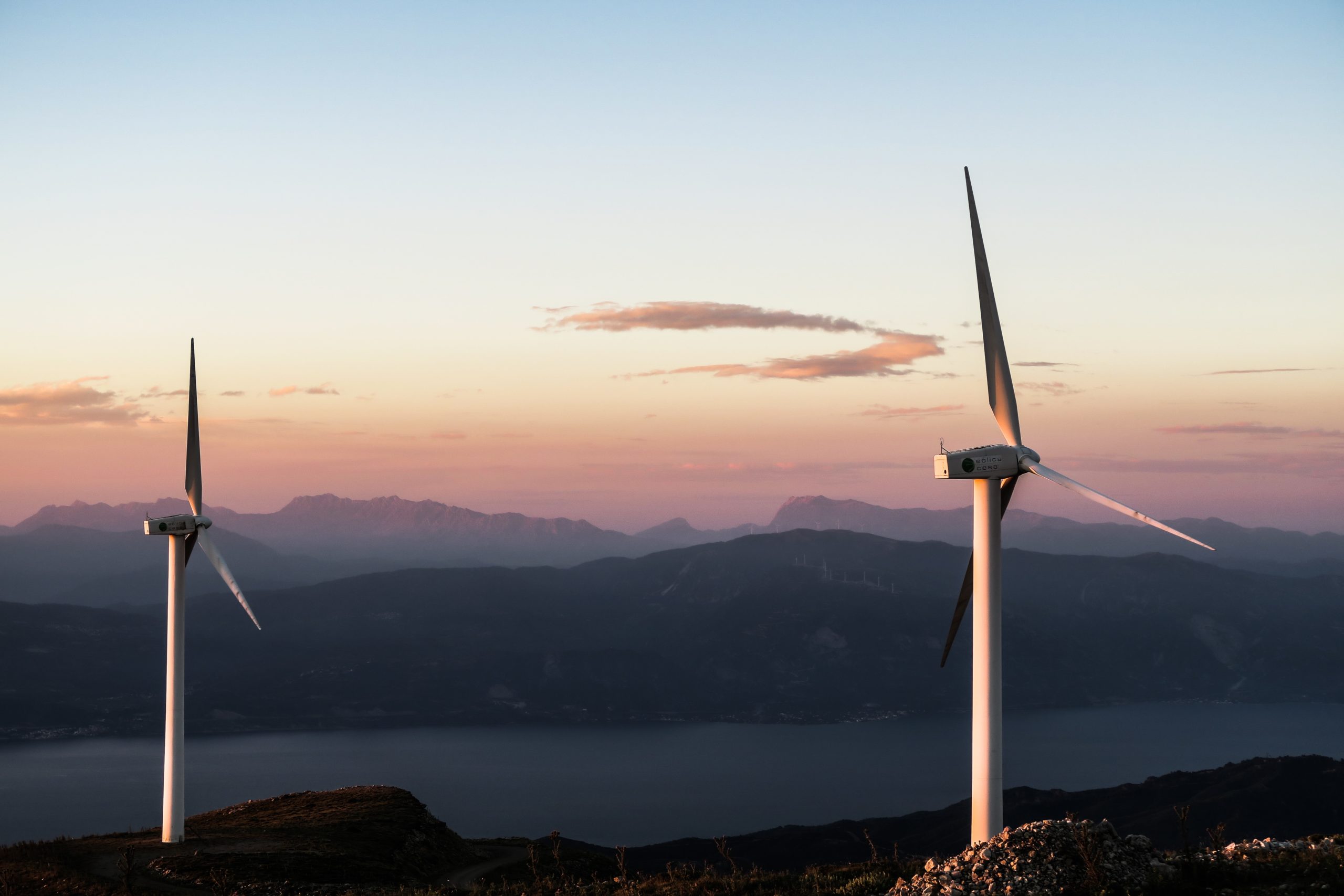BalticSeaH2 builds the first significant, cross-border hydrogen valley in Europe. The goal is to create an integrated hydrogen economy around the Baltic Sea to enable self-sufficiency of energy and minimise carbon emissions from different industries. The project includes 40 partners from nine Baltic Sea area countries. Combining local areas into a broader valley supports creating a genuinely integrated, interregional hydrogen economy, which has not been done previously on this scale in Europe.
The area between Finland and Estonia is an optimal location for a cross-border hydrogen market. The necessary infrastructure – natural gas pipelines, electricity grids, and active marine traffic – already exist in the Gulf of Finland. The project will also support the reduction of the carbon emissions from existing marine traffic. In addition, Gasgrid Finland is already preparing hydrogen infrastructure: Nordic-Baltic Hydrogen Corridor, Baltic Sea Hydrogen Collector and Nordic Hydrogen Route enable strong growth for hydrogen economy and hydrogen markets in the Baltic Sea region.
BalticSeaH2 projects enables 25 demonstration and investment cases to showcase the different sectors of hydrogen economy, adding up to over 4000 million euros in total investments. The production potential for hydrogen will reach 100 000 tonnes of hydrogen annually by the end of the project. The hydrogen and its derivatives can be utilised or sold by different industries brought together by the project.
ABB, for example, develops and demonstrates megawatt-class fuel cell solutions that enable emission-free maritime transport in collaboration with its partners. Another key objective at ABB is to optimize the interplay between the various sectors of the hydrogen valley and the entire value chain using digital platforms.
Finnish energy company Helen intends to produce green hydrogen with a PEM electrolyser. The first pilot plant should be running by 2024 and serve primarily heavy transport. Hydrogen can also be delivered to industry needs in containers. The faculty decreases carbon dioxide emissions in traffic and district heating production by 400 000 tonnes within the 20-year life cycle of the plant. With the hydrogen production pilot project, Helen can create necessary expertise and skills for widescale Power-to-X production needs.
Finland ambitiously targets carbon neutrality by 2035, supported by our significant wind power potential. Producing and refining clean hydrogen for industry use, transport, and into new products creates new export opportunities. BalticSeaH2 project has prerequisites to create a fast-growing clean hydrogen market to accelerate the development of hydrogen economy in the Baltic Sea region and the whole Europe.
The project starts in the beginning of June and lasts five years. The consortium includes 40 partners from nine Baltic Sea region countries: Finland, Estonia, Latvia, Lithuania, Poland, Germany, Denmark, Norway, and Sweden. The project and consortium were prepared by Finnish CLIC Innovation, who is also the project coordinator. Gasgrid Finland is a co-coordinator for the collaboration in the project. The total volume of the project is 33 million euro, with a 25 million funding from the EU. Clean Hydrogen Partnership supports European hydrogen valley projects with RePowerEU funding from the commission.
Jatta Jussila, CLIC Innovation
CEO, CLIC Innovation
jatta.jussila@clicinnovation.fi
tel. +358 40 825 6500
Sara Kärki, Gasgrid
Senior Vice President, Gasgrid Finland Oy and at COO Gasgrid vetyverkot Oy
sara.karki@gasgrid.fi
tel. +358 40 158 1722
Interview requests through Gasgrid communications: satu.linkola@gasgrid.fi, tel. +358 46 877 3392
Simo Säynevirta
Head of ABB Green Electrification ecosystem
Chairman of Hydrogen Cluster Finland
simo.saynevirta@fi.abb.com
tel. +358 50 332 4475
Jaana Viitakangas, Helen
Development manager, Hydrogen and P2X, Helen
jaana.viitakangas@helen.fi
tel. +358 44 751 3879


